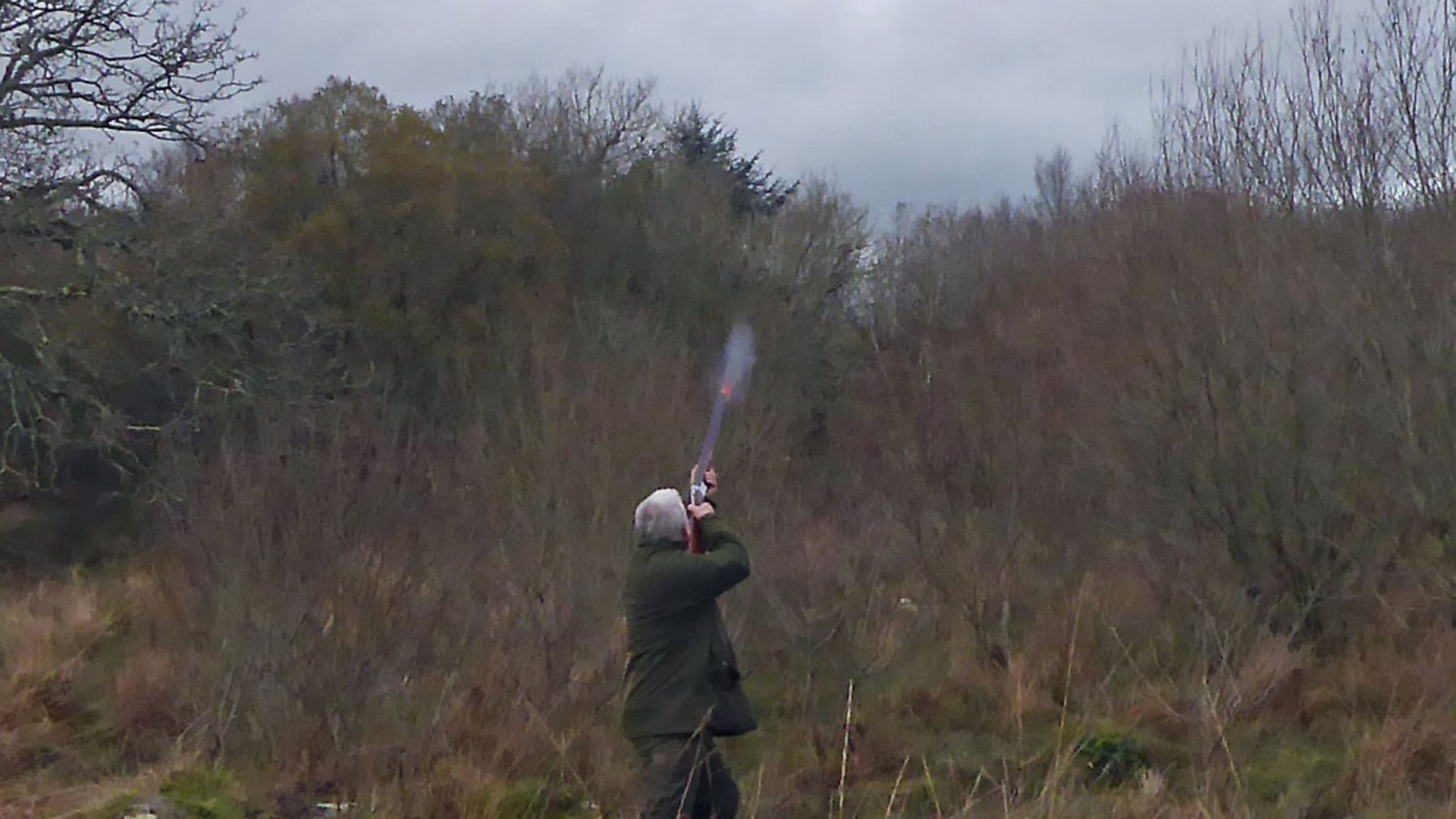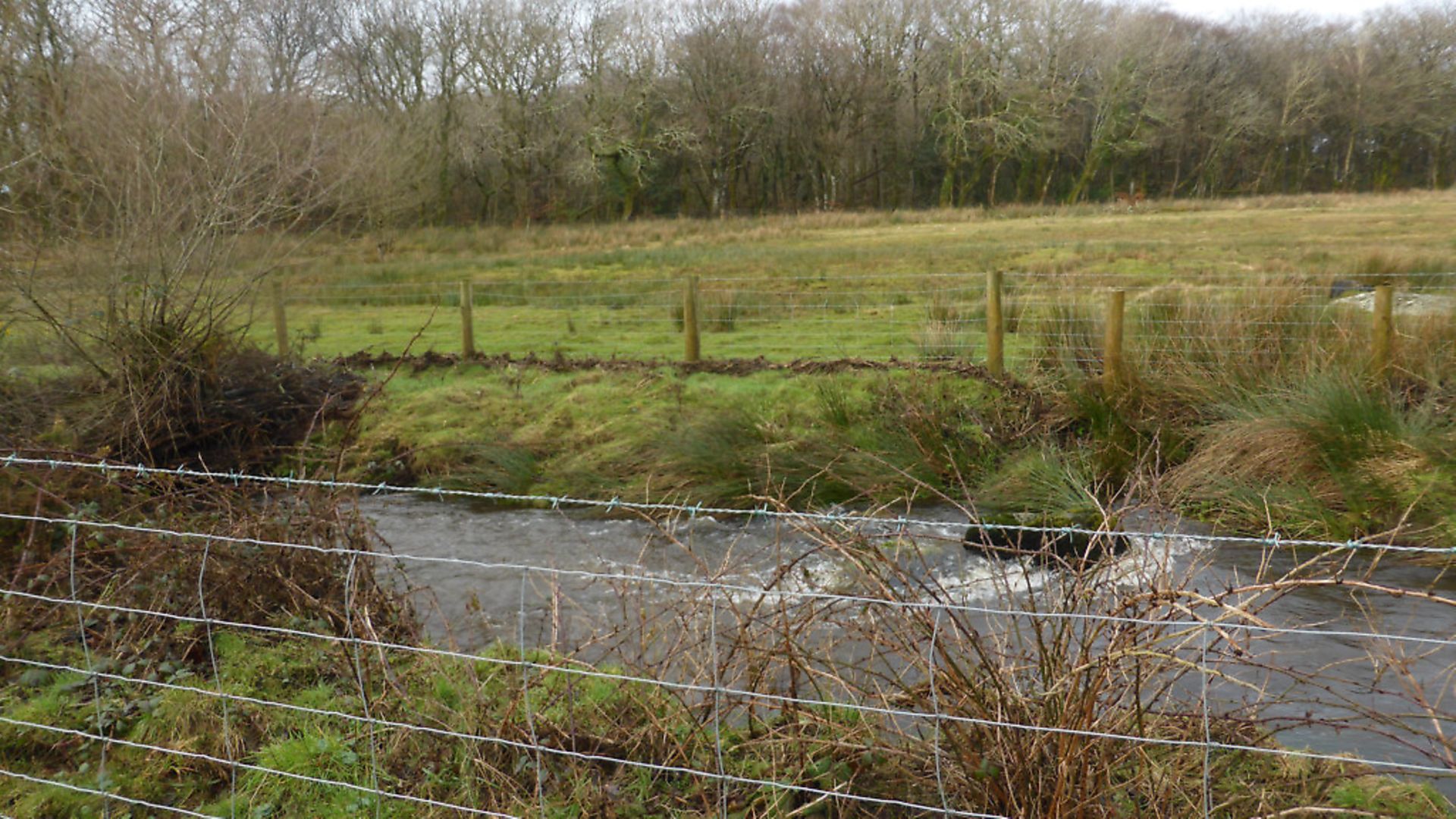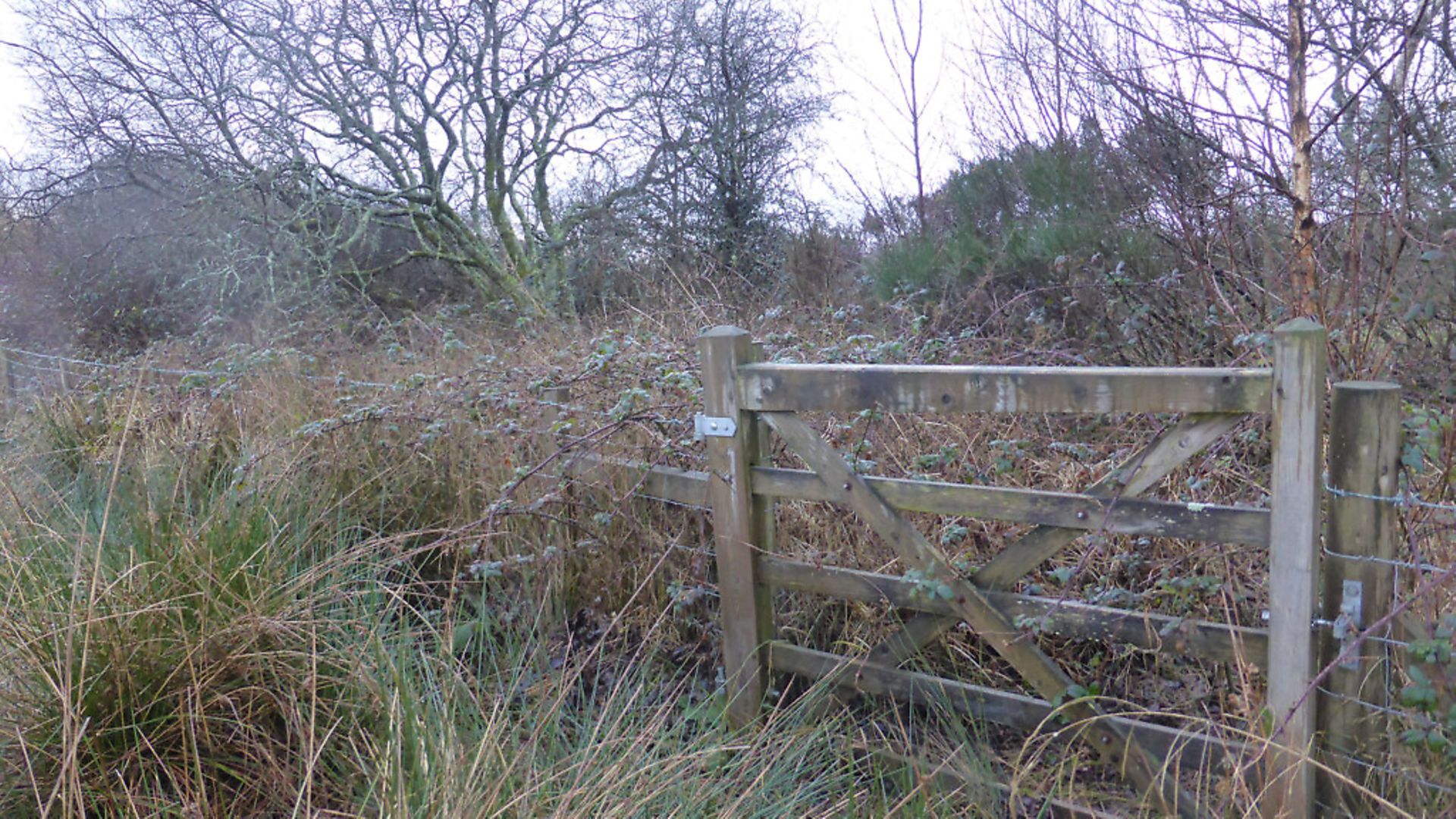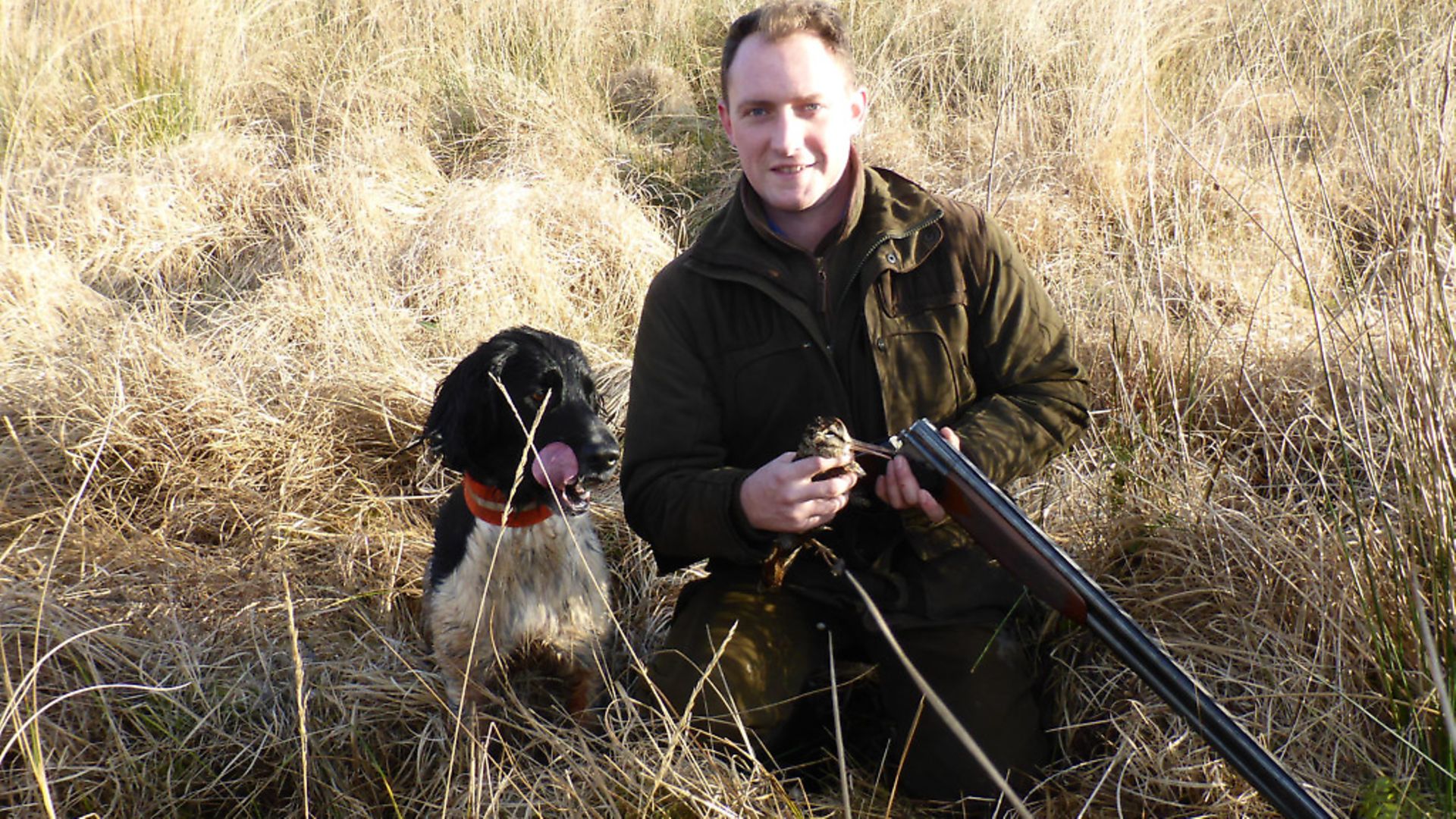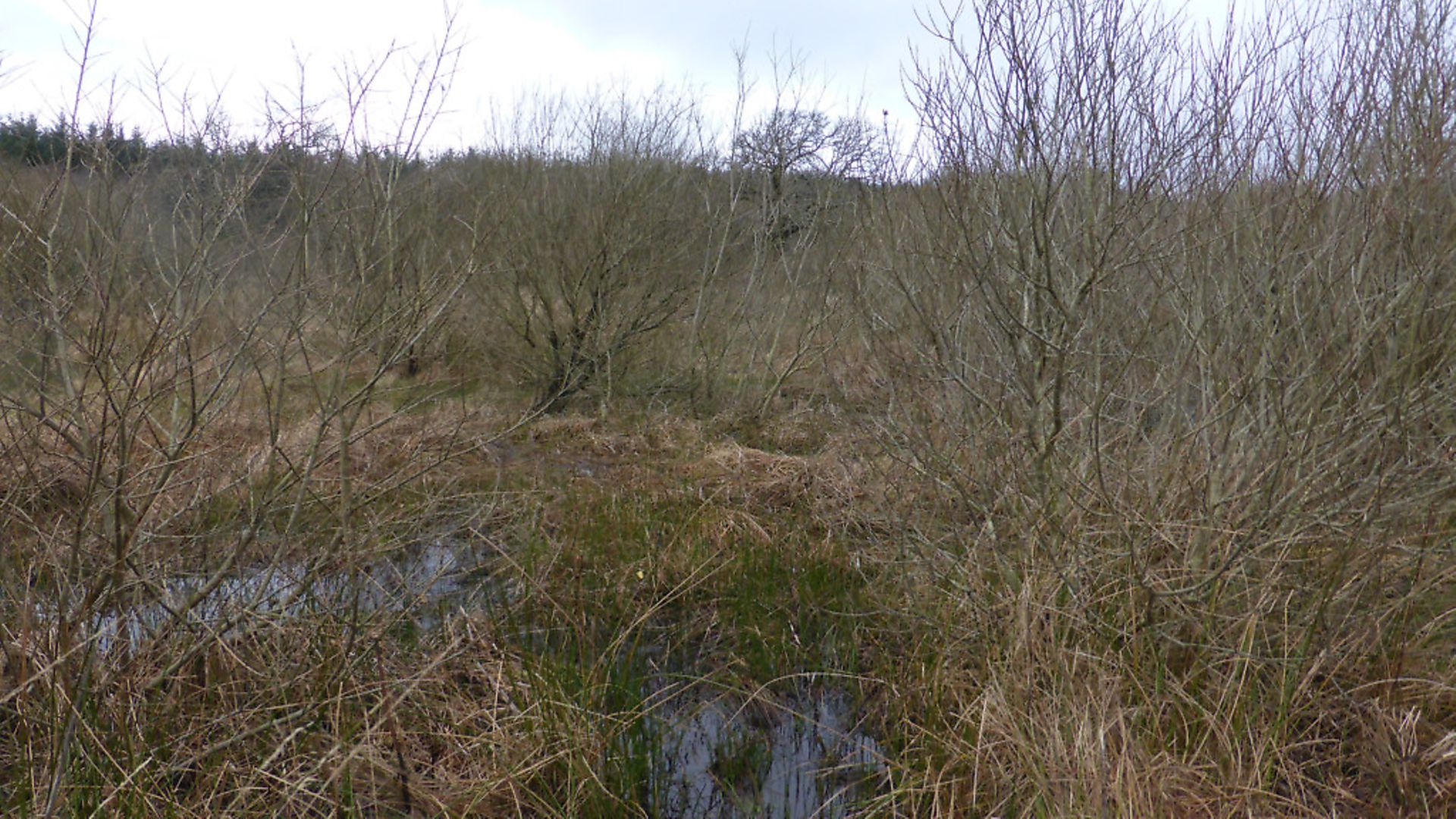Create or improve your shoot – part 2
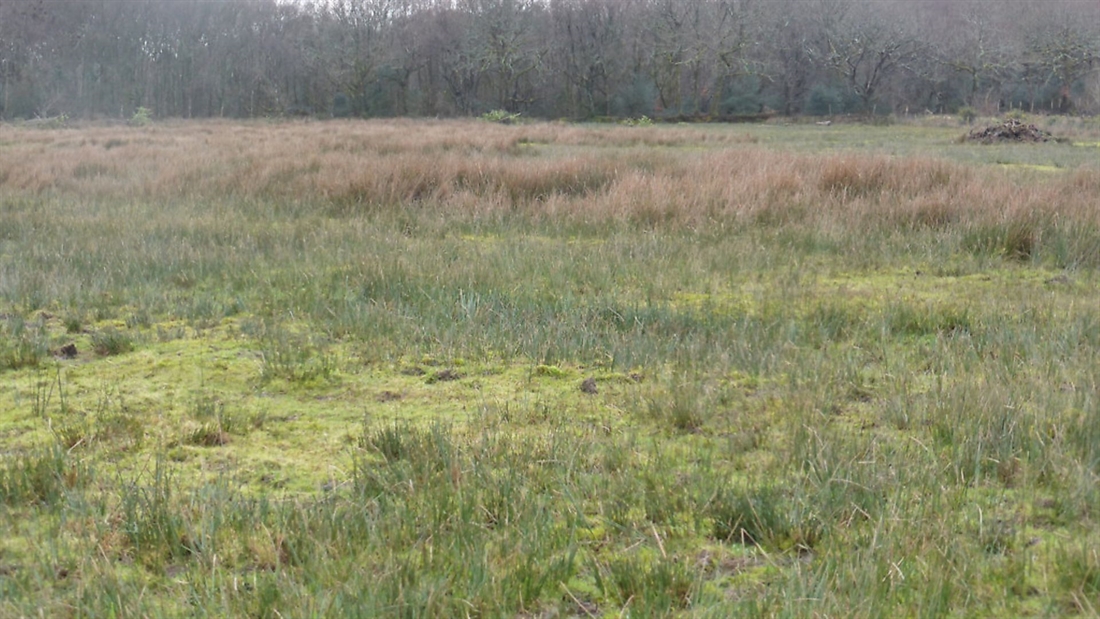
Ecologist Alex Hatton continues his series by looking at how you can make the best use of the land types you have to improve your shoot and increase game
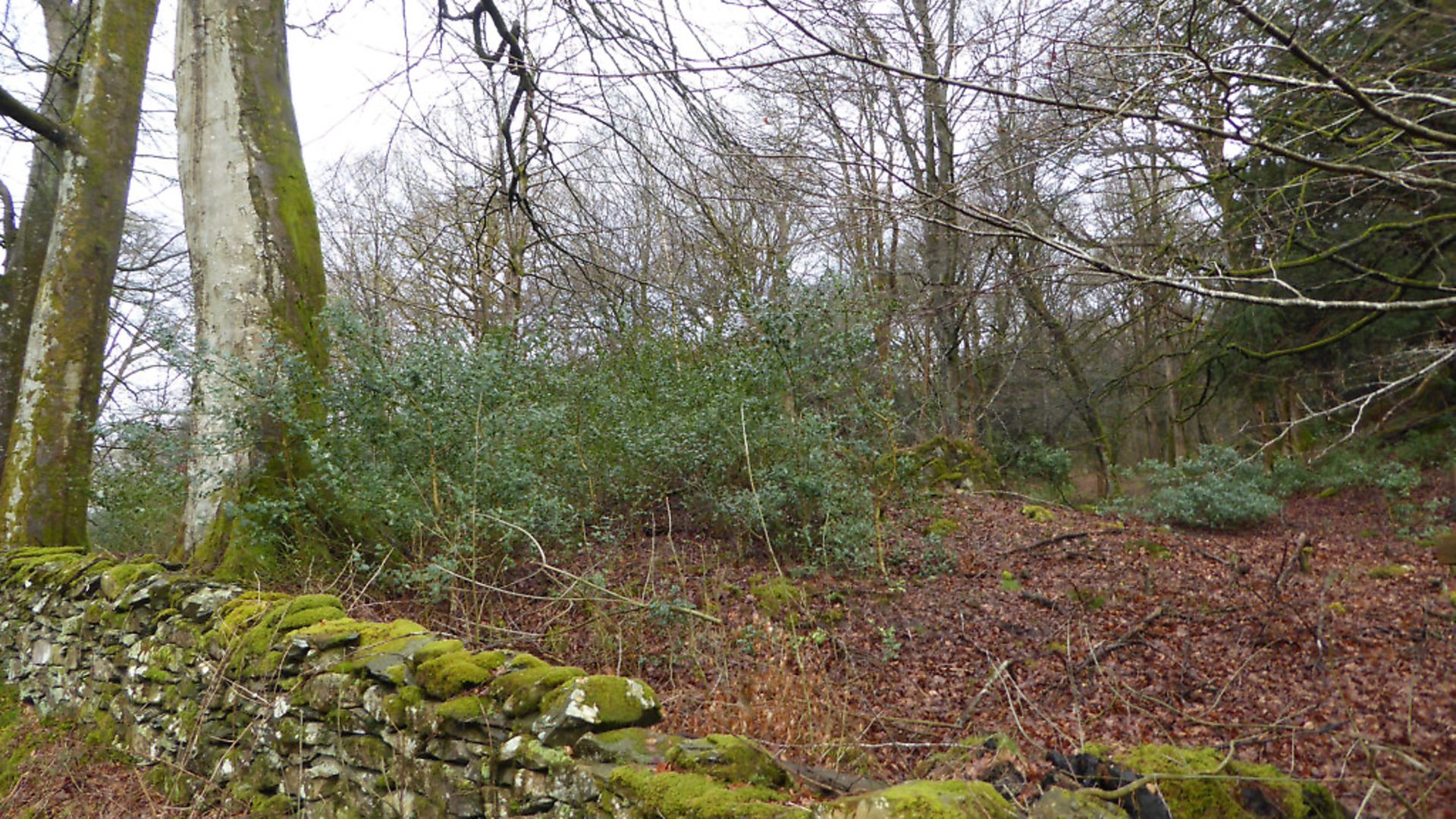
In part one we discussed starting your new shoot and making sure you have everything in order from year one and gathering your baseline information. In year two you start to get a feeling of where your birds are, and where they aren’t, and you can begin to look at making changes.
HOW TO MANAGE MARSHLAND
Much of our shoot is covered in soft rush interspersed with wet heath, blanket bog and purple moor grass. How this is managed is strongly dependent on which landowner is managing that area of land and whether they are able to get machinery onto it. In some cases, you have to consider if the stock losses justify grazing it at all: it really is very wet!
Before we took this shoot on, one of the largest marshes was grazed by horses, mainly because they were cheap horses and they would survive on the land with supplementary feeding. During this time, they kept the self-seeding trees at bay and they certainly kept the scrub at bay as they tended to rest in these drier areas. Unfortunately, the sheer weight of horses meant they would occasionally get into an area of bog and get stuck, with the occasional unfortunate mortality. The slim financial profits soon dwindled when a few horses were lost, which ultimately meant it was impractical to continue grazing it.
It shot well during the ‘horse years’. Less trees meant clearer shooting and a sward not so dominated by rushes. As it changed, so too has the way it now shoots and we have learnt a lot from that change. Firstly, we noticed that shooting it was easier when it was grazed. Back then, snipe would rise and a fairly long shot could be had, but now the self-seeded willows have put an end to this. Now we need to employ a stealthy approach, fully utilising the dogs’ pointing skills.
In part, shooting it like this has been made much easier by a number of things, but the main one is the increased number of willows. They are favouring the ‘valley’ where the water tends to puddle and so the rush is not dominating. As they have grown they are forming a dense band of trees and the snipe feeding on the marsh have actually increased and also concentrated.
Personally, I think they enjoy the cover from aerial predators and the ability to feed under them in a wet environment is appealing. There is a defined belt of trees and purple moor grass is creeping in to the edge, so they are funnelled through to the middle of the marsh and the trees have helped our approach to ambush them.
Snipe will learn and towards the end of the season they will run the band of trees to the end. It has never ceased to amaze me how far snipe will run before they lift, so we are planning on inserting a ‘break’ in the trees and placing a Gun here, forcing a flush.
Another marsh, much drier, had always been grazed by Welsh black cattle. In order to keep it fresh, it was also topped each year. To the west, a much wetter and inaccessible marsh adjoined it, with tall rank vegetation. All the years that this marsh was walked-up over, an HPR never yielded a single snipe in the taller vegetation, despite there clearly being foot scent from the birds leading to it. In contrast, the topped and grazed marsh continually held good numbers of snipe.
The combination of grazing, topping and taller vegetation were the perfect blend for providing a mixed mosaic of habitats that offered food and shelter. Unfortunately, the marsh is no longer grazed nor topped, and although fields nearby are now managed like this, the ranker vegetation is not present and it does not provide anywhere near the same numbers of snipe. We are trying to negotiate its management for next season.
Marshes are a challenge for the hobby shoot, and ultimately a landowner is your best friend as he will have the machinery and livestock to help you achieve your goals. There are specific options that marshes can be put into as part of agri-environment schemes which aim to achieve a mixed sward height that will increase invertebrate diversity.
Ultimately, raising the water level is the most ideal option, which involves ditch blocking and breaking land drains, but this is a big change in management and will need the landowner’s support. If possible, creating small scrapes is an in-between option, ideally around 10m square. Find a natural depression as a starting point. Not everything will work, and sometimes it’s difficult to work out exactly what it is that attracts snipe, but small changes in management can yield results.
MAKING THE BEST USE OF RIVERS & STREAMS
Both rivers and streams are fantastic linear features across a shoot and will funnel animals in to your area. But they can funnel them away just as quickly if there is not a good reason to hold them. On our small shoot there are a number of small watercourses.
The smaller streams are dotted with hawthorn, willows and a particular favourite of woodcock – holly. Being an evergreen, holly provides shelter from the elements when the woodcock most need it and over the years we have planted them along the banks of the streams and on steep ditches.
We have seen woodcock shot from under a holly bush, and had a different woodcock sat under it within the same month!
These unfenced streams survive impacts from sheep, on the whole, but when possible we lay some hedge and use brash to pile up alongside them to act as a barrier to stop the sheep pushing through them, as well as providing that little bit of extra cover.
Large rivers will filter more game onto the shoot and, if possible, the best option is to fence them off and allow some scrub/tree regeneration, providing a corridor of habitat.
Some years ago both the Environment Agency and our Welsh agri-environment schemes were offering fencing of river systems in nitrogen vulnerable zones. The landowner was approached with a proposal and it ticked all of his boxes!
Free fencing, with access gates, and it separated two of his parcels of land making it a more manageable area. The important parts for the farmer were the provision of drinking bays and crossing points so that he could manage his stock.
The parcels each side had traditionally been grazed heavily and so there was a fair amount of disturbance and lack of cover so the bankside corridors did not hold many birds.
In the first few years, we noticed a spike in woodcock using the banks. Instead of just passing through, pheasants stopped by more and as the cover increased, ducks started to feel safe and we regularly put up wild mallard who had followed the river up.
We now feed one of the banks to encourage the ducks, safe in the knowledge the sheep will not get to the grain.
With less stock churning up the banks, I am told the brown trout are making a comeback on this river and the hope is sewin (seat trout) will once again be a visitor on this system.
CREATING HELPFUL HABITATS IN SCRUB
We took on a great legacy when it came to scrub. Our predecessor had identified many rough corners and got the agreements of the landowners to fence them off and allow them to flourish. These were not agriculturally improved grassland areas, but rough corners, and they were rocky, wet and steep, or were separated by ditches, so it took little convincing to ask for them to be fenced. As well as these corners, we are fortunate to have an old railway line with trees on either side.
Scrub flourishes very well unaided, as do trees, and we have noticed the quick succession of these rough corners, which are positive at first but they do need managing before they become inaccessible to birds and dogs!
Our summer jobs include clearing a path around these areas and clearing trees from the middle, as well as bramble, to allow woodcock to land in the middle. The edges also need crossing points for dogs and handlers so that they can work the wind most appropriately.
Fences are a great way of starting these areas off, but they must have access gates and ideally a water supply for stock as often they get too well established and will not then hold birds. Allowing a few stock in for a few weeks will soon change it dramatically and save you a big job. On the flip side, do maintain your fences; grants pay for the outlay of the fence, but one breach caused for example by a fallen tree, can be enough to foil your efforts particularly if you have planted an area up. Be prepared to be the one to put in new posts or patch some netting rather than making it yet another job for the farmer.
We have a number of self-formed unfenced scrubby areas that have benefited from opening them up to stock by creating a path through them.
A few hours with a billhook and a brush-cutter have had almost instant results the following season.




